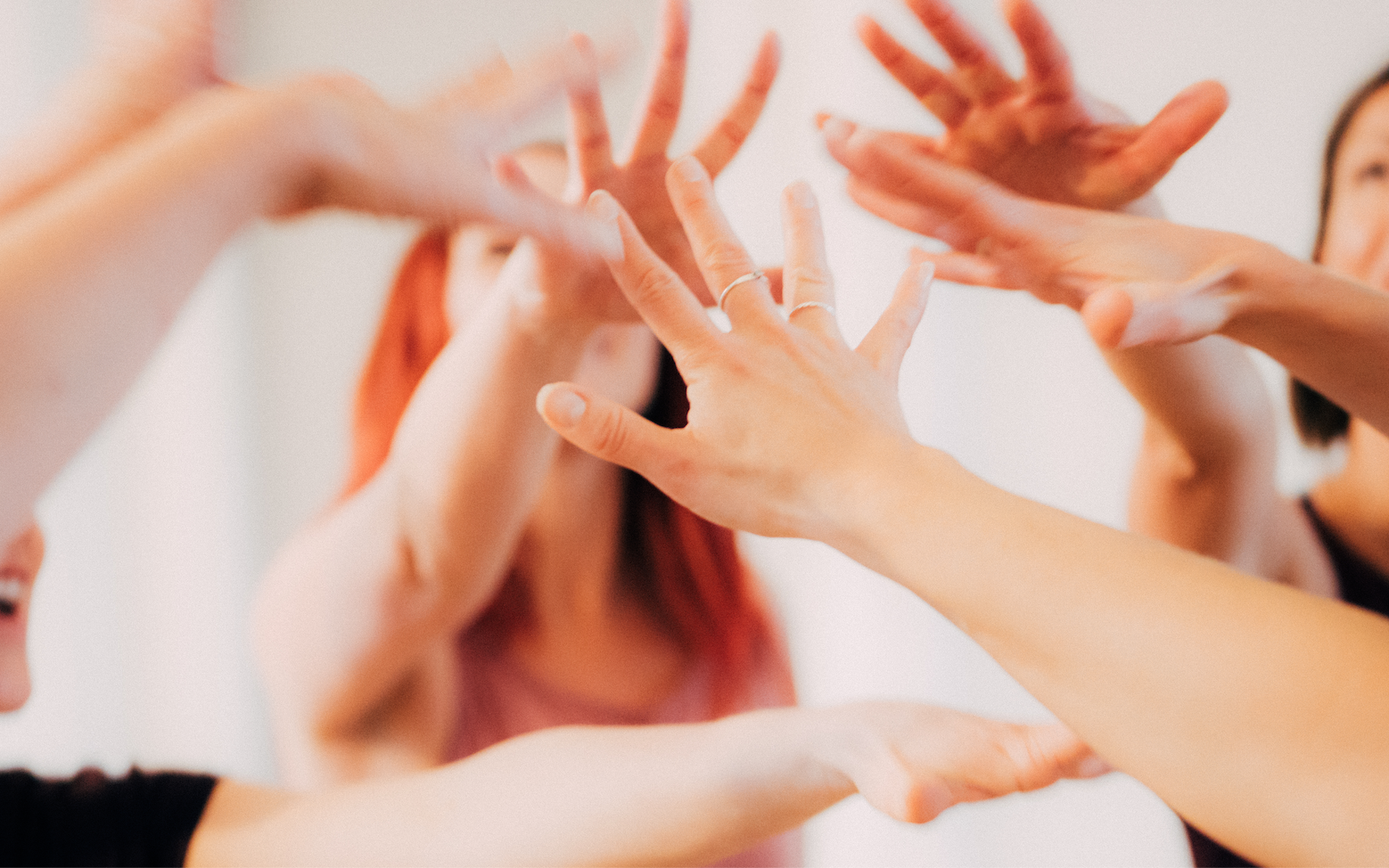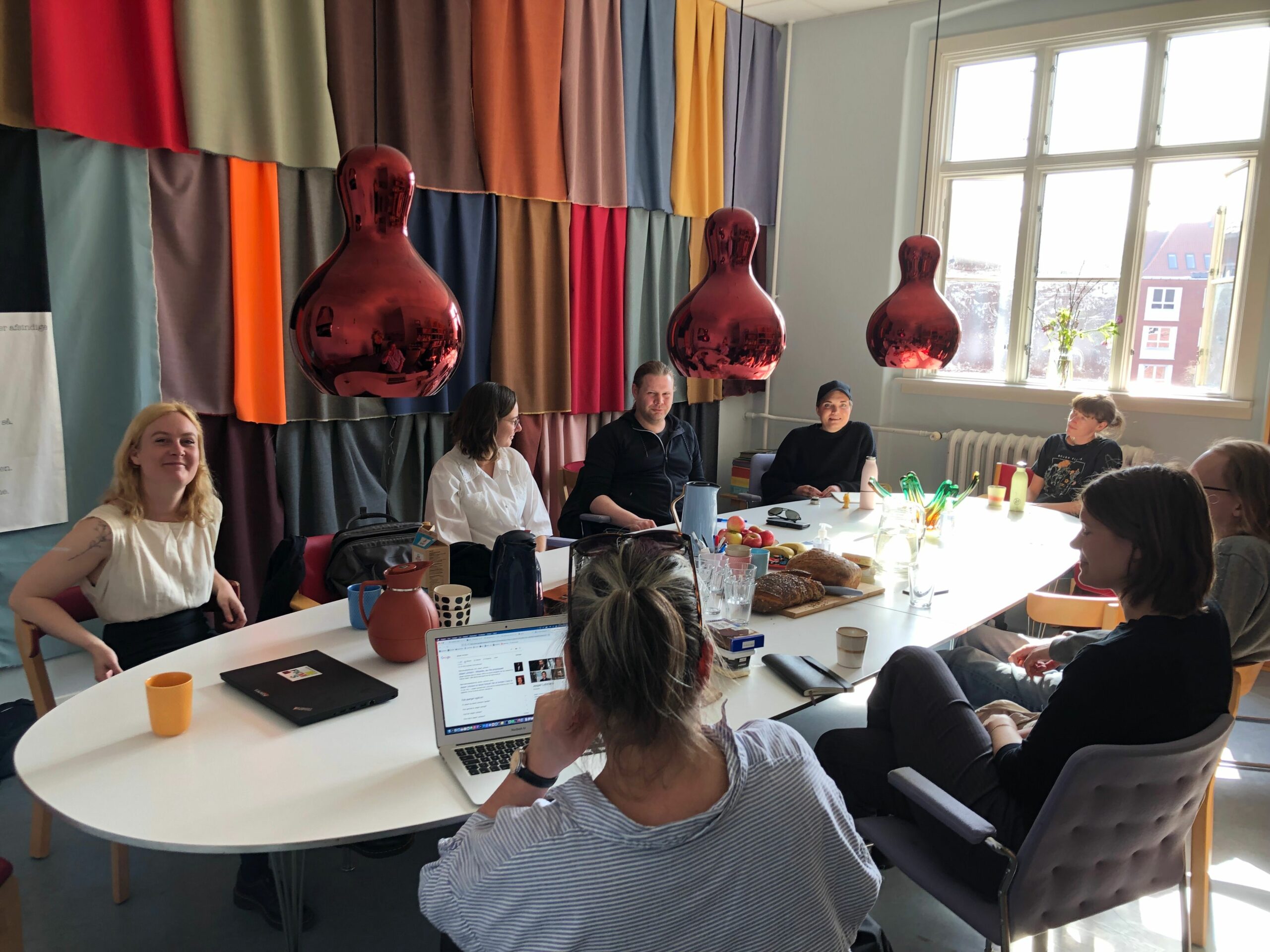
For Swedish teenage girls battling mental issues such as stress and anxiety, dancing has proved an emotional and somatic sanctuary. While the project is known by two different names, “Dance for Health” and “Dancing without Requirements”, the purpose is unambiguous: Provide these young women afflicted by disorders of either body or mind with a joyous and liberating alternative to psychotherapy and medication.
The founder of “Dance for Health” and the underlying method is Anna Duberg, physiotherapist and PhD in Health Sciences. She is also responsible for the courses charged with disseminating the ideas and practices behind the successful dance project. Since 2017, when the method was developed with the support of the Social Impact Lab at Örebro University, these courses have yielded a total of 600 trained “Dance for Health” instructors across Sweden in about 185 locations.

Come As You Are
Every impactful project needs a powerful motto. Where would Timon and Pumbaa from “The Lion King” be without their “Hakuna Matata”, and what would House Stark from “Game of Thrones” do bereft of their “Winter Is Coming”? In tune with the inherent musicality of the former, “Dance for Health” invokes Nirvana with their open-minded expression of choice: “Come as You Are”.
However, rather than embracing grunge, the motto appears to echo the Buddhist iteration of Nirvana as the highest happiness and liberation from worldly suffering. “Come as You Are” signals the focus on inclusion and universal acceptance while emphasizing the method’s core concepts of unpretentiousness, joy of movement, resources, and community.
In order to exercise these fundamental aims properly, a group of about 12 participants meets twice a week for two semesters at a venue suitable for dancing. Here, the group works with choreographies in various dance genres, creative improvisation as well as with relaxation techniques. The dance group is led by a certified instructor, and preferably a close collaboration is established with the youth or student health care that oversees contact with the group. This way, the clinic is able to invite or motivate their patients to participate in the dance project.

Results And Benefits
The project is based on a study from Örebro University Hospital’s research center with the aim of investigating the effect of unpretentious dance for girls aged 13-18 with symptoms of mental illness. A total of 112 girls with recurrent somatic and/or emotional disorders were included in the study.
The results showed that the dance group, compared with the control group, increased their self-rated health and decreased somatic and emotional symptoms after the end of the intervention. In terms of health economics, the project proved cost-effective due to increased quality of life along with a reduced number of school nurse visits among the participants. Additionally, dance is a relatively cheap effort.
Overall, the unpretentious atmosphere and supportive community that permeated the project were of great value to the participants: The dance was seen as an oasis from stress and a refuge from high individual and perceived sociocultural demands. From this safe haven, the participants developed self-trust, which in turn generated joy and energy.

Important Impact
The positive conclusions from both the study and the national implementations of the method bode well for the “Dance for Health” initiative. Local follow-ups show good results, and several municipalities across Sweden have chosen to offer the method as part of the student health care.
One explanation for why the method works is psychosomatic in nature: Dance offers a shift in focus from mind to body, which helps externalize an otherwise internal struggle. The dance’s attention to movement, one’s own body, and music can be especially valuable when combating negative thought patterns and anxieties. Moreover, conscious presence in conjunction with strengthened body awareness and heart rate increase boosts well-being. Finally, another boon to the group of girls suffering from social anxiety is the pervasive feeling of social inclusion sparked by communal dancing.

Other great projects
See all



